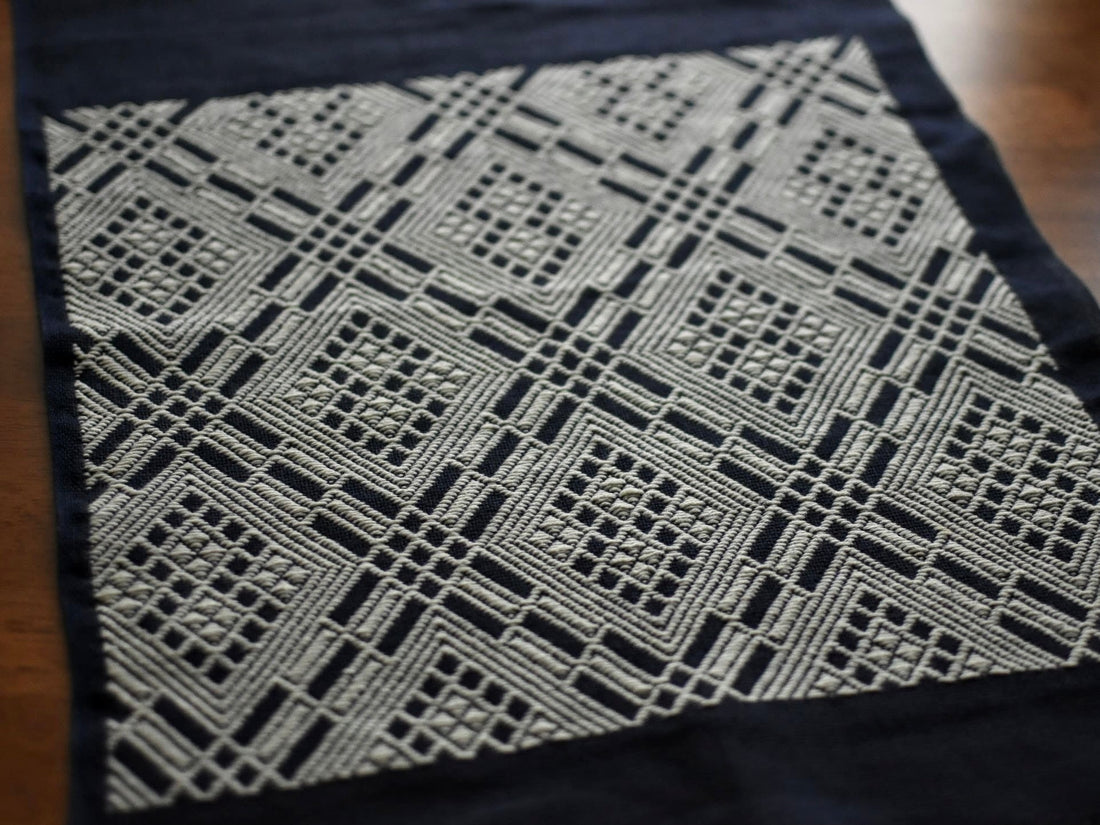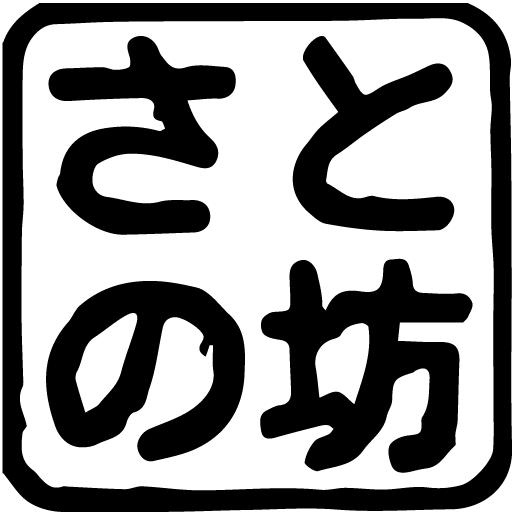
Tsukiya (Handicraft store) introduction
◆Introduction to Tsukiya FabricsThe other day, we received a comment from Tsukiya's Facebook account on Satonobou's Facebook page. They gave a very detailed introduction to Tsukiya's fabrics and company, so we will post it here as well. Although we were told that it was not necessary to include it, we made the above decision because Satonobou's Facebook page essentially only functions as a place to repost information and it would be a waste to receive such information.
The main text is as follows.
"Nice to meet you, I saw your material research blog, Satonobou. As someone from Tsugaru, you might be more familiar with Hanamura than Tsukiya. If you don't mind, could you please include "pre-dyed" in the description of the Tsukiya Kogin Fabric New Congress? If not, it's fine as it is."
"When you unravel the thread, the overlapping parts of the threads have less dye penetration and the base color of the fabric comes through, turning them whitish.
Around 1963, the company changed its name from "Maruichi" (owned by the owner's grandfather), a small fabric and thread store that had been in business since before the war, to "Hanamura," and with the introduction of Western clothing, began selling a variety of made-to-order and women's items.
My father, who is in charge of handicrafts, was consulted by Maeda Setsuko about Kogin materials, and in 1973, an original set of materials including needles, thread, fabric, and Maeda's book was released, as there were no materials in the industry.
Hanamura eventually began selling ready-made women's clothing and miscellaneous goods, but after the war the reinforced concrete buildings began to deteriorate, fire safety laws became stricter, and the number of ready-made women's clothing stores in the shopping district increased, so the store was dissolved in the summer of 2000.The handicraft department that my father was in charge of was opened as "Tsukiya" in the autumn of the same year. "Tsukiya" is said to have been where my ancestors pounded rice during the Edo period.
Tsukiya has been in business for 25 years and has been selling Kogin materials for over 50 years.
The looms we used were pre-war machines capable of weaving up to 90cm wide, but they malfunctioned, so we changed the looms for the 90cm wide items to around 110cm wide, and we were only able to weave obi and 50cm wide items on the old looms, so we stopped weaving for about two years.
Naturally, the manufacturer of the loom was not available and it could not be repaired, but we found someone who had used a similar loom in the past, and they repaired it and started weaving again.
A quick introduction to Tsukiya Fabrics.
The following is omitted.
* Kometsuki: The process of pounding brown rice to turn it into white rice
Learning about the history of the materials we buy as a matter of course made me want to enjoy Kogin embroidery even more carefully, without wasting materials. The top photo this time is a piece made with Tsukiya cloth (linen 252) and Kogin thread (10 strands combined).
Satonobou
